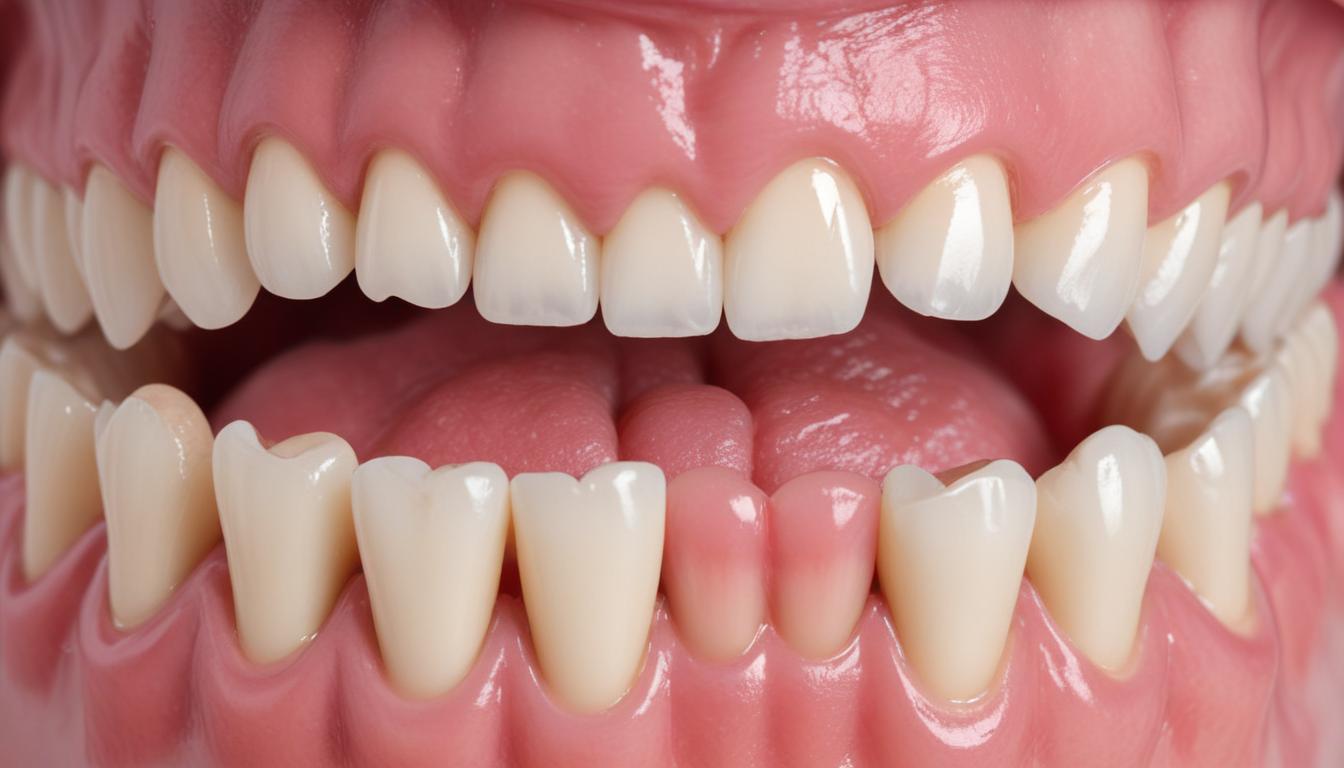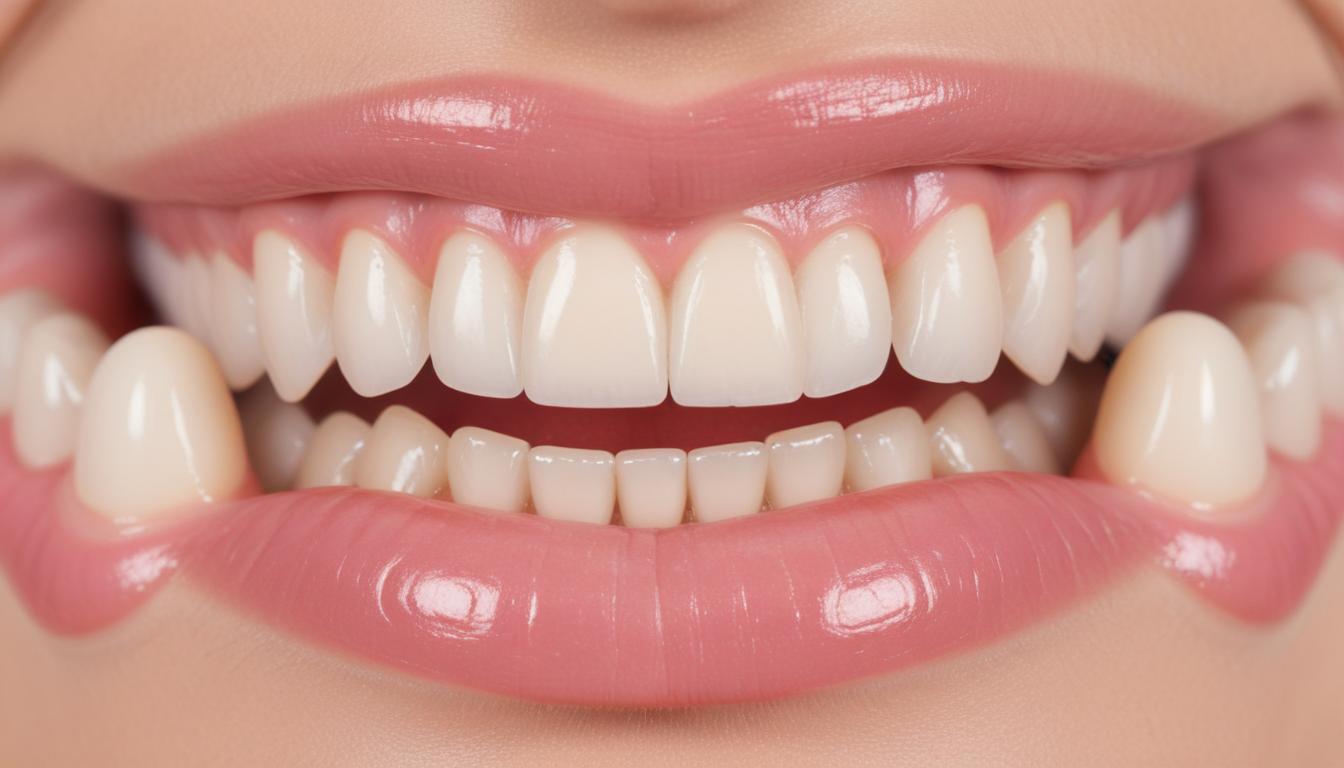Now Reading: Easy Ways to Prevent Gum Disease
- 01
Easy Ways to Prevent Gum Disease
Easy Ways to Prevent Gum Disease

Healthy Gums A Comprehensive Guide to Preventing Periodontal Disease
Do you ever spot a little pink in the sink after brushing? Are your gums tender, swollen, or a bit red? These small signs are often the first warnings of a bigger issue many people face, sometimes without even knowing it. The fear of complex dental work, bad breath, or an unhealthy smile can be a real source of anxiety. The good news is, you have more control over your gum health than you might think.
Preventing gum disease isn’t about a secret, complicated formula. It’s about understanding the basics and building simple, consistent habits into your daily life. This guide will give you the knowledge and actionable steps you need to protect your gums, secure your smile, and even boost your overall health. By building a strong defense, you can turn your oral health from a worry into a source of confidence.
Understanding What You Are Fighting Periodontal Disease
Before you can win the fight, you need to know your enemy. Periodontal disease is an infection of the tissues that hold your teeth firmly in place. It’s a progressive condition that usually starts without any major warning signs. The earliest stage is called gingivitis, which is simply an inflammation of the gums. It’s caused by the buildup of plaque, a sticky film of bacteria that constantly forms on your teeth. If you have gingivitis, you might see redness, swelling, and gums that bleed easily when you brush. The most important thing to know is that gingivitis is completely reversible with good oral hygiene and professional care.
If gingivitis is ignored, it can advance to periodontitis. At this more serious stage, the inflammation gets worse. The gums and bone pull away from the teeth, creating small pockets. These pockets trap food and debris, becoming infected. As your immune system fights the growing bacteria below the gum line, the toxins from the bacteria—and your body’s own natural response—begin to break down the bone and connective tissue that hold your teeth in place. If left untreated, the supportive structures are destroyed, and teeth can become loose and may eventually need to be removed.
Your First Line of Defense At Home Care
Your daily habits are your most powerful weapon in the fight against gum disease. While professional cleanings are vital, what you do every single day makes the biggest impact. It all starts with mastering the basics and making them a non-negotiable part of your routine. This isn’t just about the act of brushing; it’s about doing it with the right technique and unwavering consistency.
Think of your oral hygiene as building a fortress around your teeth and gums. Every time you brush and floss correctly, you reinforce its walls, keeping bacterial invaders out. When you skip a session or rush through it, you leave a weak spot for plaque to attack. Committing to a thorough routine is an investment in your long-term health that pays off every time you smile.
The Art of Brushing Properly
Brushing your teeth seems easy, but many people use a technique that is either ineffective or actually harms their gums. The goal is not to scrub as hard as you can. It’s to gently and thoroughly remove plaque from every tooth surface, especially along the gumline. Always use a soft-bristled toothbrush and fluoride toothpaste. Hold your brush at a 45-degree angle to your gums and use gentle, short, circular motions. Aggressive back-and-forth scrubbing can cause your gums to recede and wear down your tooth enamel.
Be sure to brush for two full minutes, twice a day. Many electric toothbrushes have built-in timers, which are incredibly helpful for this. A good strategy is to divide your mouth into four sections (top right, top left, bottom right, bottom left) and spend 30 seconds on each. This ensures every area gets equal attention. Don’t forget to gently brush your tongue to remove bacteria that cause bad breath. Finally, replace your toothbrush every three to four months—or sooner if the bristles look frayed—to ensure it’s cleaning effectively.
The Importance of Cleaning Between Teeth
Flossing is the one step many people are tempted to skip, but it is just as important as brushing. A toothbrush simply cannot reach the tight spaces between your teeth and under your gumline. These areas make up about 35% of your tooth’s surface, and if you aren’t cleaning them, you’re leaving a huge amount of plaque behind. This is where gingivitis very often gets its start.
To floss correctly, take about 18 inches of floss. Wrap most of it around one middle finger and a small amount around the other. Gently guide the floss between your teeth. When it reaches the gumline, curve it into a “C” shape against one tooth. Slide it into the space between the gum and the tooth until you feel slight resistance, then gently rub the side of the tooth, moving the floss away from the gum. If you find string floss too difficult, don’t give up! Alternatives like water flossers (which use a stream of pulsating water) or interdental brushes are excellent and effective options.

Lifestyle Choices and Professional Support
Excellent at-home care is the foundation of healthy gums, but it doesn’t work in isolation. Your overall lifestyle choices, from your diet to your schedule of professional dental care, play a huge role in supporting that foundation. A healthy diet gives your body the nutrients it needs to fight infection, while regular dental visits provide a level of cleaning and early detection you can’t achieve on your own.
Viewing your gum health as part of your overall well-being is a powerful mindset. The same healthy choices that benefit your heart and body also benefit your mouth. By combining a great home routine with smart lifestyle habits and a partnership with your dental team, you create a comprehensive, multi-layered defense against periodontal disease.
How Your Diet Affects Your Gums
The food you eat directly impacts your body’s ability to fight off infection, including the bacterial infection that causes gum disease. A balanced diet rich in vitamins and minerals is essential. Vitamin C, found in citrus fruits, bell peppers, and broccoli, is critical for the health of your gums’ connective tissue. Calcium, found in dairy, leafy greens, and fortified foods, helps keep the bone that supports your teeth strong. Crunchy fruits and vegetables, like apples and carrots, also help to naturally scrub your teeth as you eat.
On the other hand, a diet high in sugar and simple carbohydrates is fuel for the bad bacteria in your mouth. These bacteria feed on sugar and produce acids that attack tooth enamel and irritate your gums. Acidic foods and drinks, like sodas and sports drinks, also erode enamel and make your teeth more vulnerable. Limiting sugary and acidic items and rinsing your mouth with water after you have them can make a big difference.
The Non-Negotiable Dental Check-Up
No matter how well you brush and floss, you can’t remove all the plaque by yourself. Over time, any missed plaque hardens into a substance called tartar, or calculus. Tartar is impossible to remove with a toothbrush and floss; it can only be removed by a dental professional during a cleaning. This is why regular dental visits, usually every six months, are absolutely essential for preventing gum disease.
During your check-up, your dentist or hygienist will perform a thorough cleaning and also examine your gums for early signs of trouble. They can measure the depth of the pockets around your teeth, check for inflammation, and spot problems long before you would notice them. This early detection is the key to stopping gingivitis in its tracks and preventing it from becoming the much more serious condition of periodontitis. Think of your dental team as your personal health coaches—they are there to provide expert care, guidance, and support on your journey to a healthy smile.


































